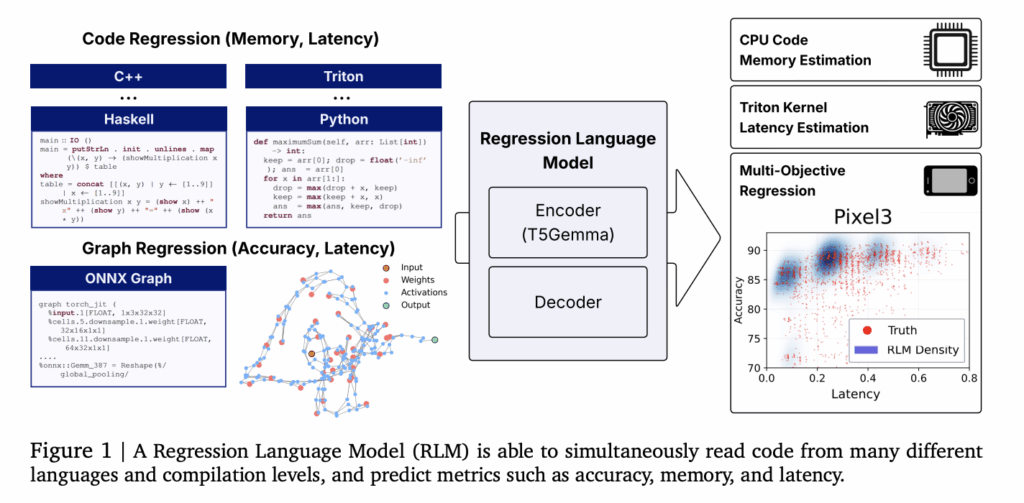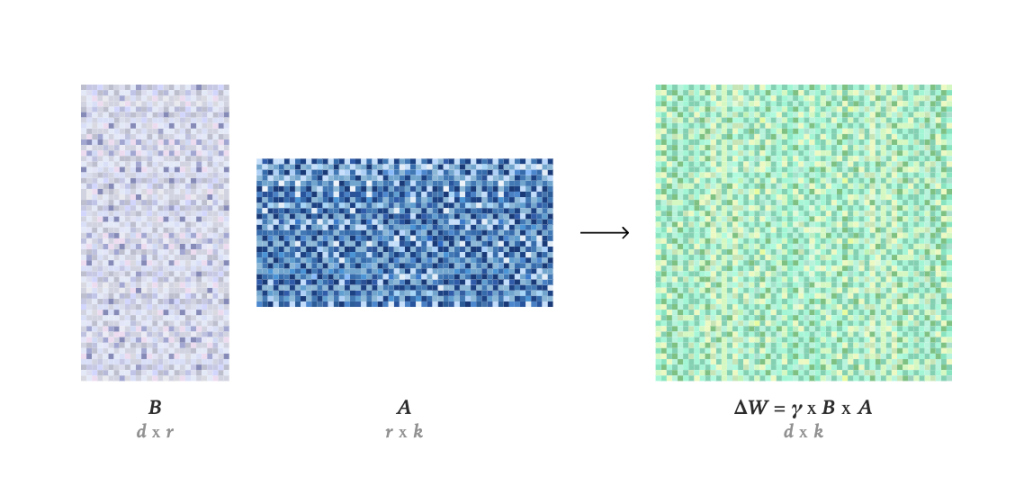In this tutorial, we walk through an advanced implementation of WhisperX, where we explore transcription, alignment, and word-level timestamps in detail. We set up the environment, load and preprocess the audio, and then run the full pipeline, from transcription to alignment and analysis, while ensuring memory efficiency and supporting batch processing. Along the way, we also visualize results, export them in multiple formats, and even extract keywords to gain deeper insights from the audio content. Check out the FULL CODES here. Copy CodeCopiedUse a different Browser !pip install -q git+https://github.com/m-bain/whisperX.git !pip install -q pandas matplotlib seaborn import whisperx import torch import gc import os import json import pandas as pd from pathlib import Path from IPython.display import Audio, display, HTML import warnings warnings.filterwarnings(‘ignore’) CONFIG = { “device”: “cuda” if torch.cuda.is_available() else “cpu”, “compute_type”: “float16” if torch.cuda.is_available() else “int8”, “batch_size”: 16, “model_size”: “base”, “language”: None, } print(f” Running on: {CONFIG[‘device’]}”) print(f” Compute type: {CONFIG[‘compute_type’]}”) print(f” Model: {CONFIG[‘model_size’]}”) We begin by installing WhisperX along with essential libraries and then configure our setup. We detect whether CUDA is available, select the compute type, and set parameters such as batch size, model size, and language to prepare for transcription. Check out the FULL CODES here. Copy CodeCopiedUse a different Browser def download_sample_audio(): “””Download a sample audio file for testing””” !wget -q -O sample.mp3 https://github.com/mozilla-extensions/speaktome/raw/master/content/cv-valid-dev/sample-000000.mp3 print(” Sample audio downloaded”) return “sample.mp3” def load_and_analyze_audio(audio_path): “””Load audio and display basic info””” audio = whisperx.load_audio(audio_path) duration = len(audio) / 16000 print(f” Audio: {Path(audio_path).name}”) print(f” Duration: {duration:.2f} seconds”) print(f” Sample rate: 16000 Hz”) display(Audio(audio_path)) return audio, duration def transcribe_audio(audio, model_size=CONFIG[“model_size”], language=None): “””Transcribe audio using WhisperX (batched inference)””” print(“n STEP 1: Transcribing audio…”) model = whisperx.load_model( model_size, CONFIG[“device”], compute_type=CONFIG[“compute_type”] ) transcribe_kwargs = { “batch_size”: CONFIG[“batch_size”] } if language: transcribe_kwargs[“language”] = language result = model.transcribe(audio, **transcribe_kwargs) total_segments = len(result[“segments”]) total_words = sum(len(seg.get(“words”, [])) for seg in result[“segments”]) del model gc.collect() if CONFIG[“device”] == “cuda”: torch.cuda.empty_cache() print(f” Transcription complete!”) print(f” Language: {result[‘language’]}”) print(f” Segments: {total_segments}”) print(f” Total text length: {sum(len(seg[‘text’]) for seg in result[‘segments’])} characters”) return result We download a sample audio file, load it for analysis, and then transcribe it using WhisperX. We set up batched inference with our chosen model size and configuration, and we output key details such as language, number of segments, and total text length. Check out the FULL CODES here. Copy CodeCopiedUse a different Browser def align_transcription(segments, audio, language_code): “””Align transcription for accurate word-level timestamps””” print(“n STEP 2: Aligning for word-level timestamps…”) try: model_a, metadata = whisperx.load_align_model( language_code=language_code, device=CONFIG[“device”] ) result = whisperx.align( segments, model_a, metadata, audio, CONFIG[“device”], return_char_alignments=False ) total_words = sum(len(seg.get(“words”, [])) for seg in result[“segments”]) del model_a gc.collect() if CONFIG[“device”] == “cuda”: torch.cuda.empty_cache() print(f” Alignment complete!”) print(f” Aligned words: {total_words}”) return result except Exception as e: print(f” Alignment failed: {str(e)}”) print(” Continuing with segment-level timestamps only…”) return {“segments”: segments, “word_segments”: []} We align the transcription to generate precise word-level timestamps. By loading the alignment model and applying it to the audio, we refine timing accuracy, and then report the total aligned words while ensuring memory is cleared for efficient processing. Check out the FULL CODES here. Copy CodeCopiedUse a different Browser def analyze_transcription(result): “””Generate statistics about the transcription””” print(“n TRANSCRIPTION STATISTICS”) print(“=”*70) segments = result[“segments”] total_duration = max(seg[“end”] for seg in segments) if segments else 0 total_words = sum(len(seg.get(“words”, [])) for seg in segments) total_chars = sum(len(seg[“text”].strip()) for seg in segments) print(f”Total duration: {total_duration:.2f} seconds”) print(f”Total segments: {len(segments)}”) print(f”Total words: {total_words}”) print(f”Total characters: {total_chars}”) if total_duration > 0: print(f”Words per minute: {(total_words / total_duration * 60):.1f}”) pauses = [] for i in range(len(segments) – 1): pause = segments[i+1][“start”] – segments[i][“end”] if pause > 0: pauses.append(pause) if pauses: print(f”Average pause between segments: {sum(pauses)/len(pauses):.2f}s”) print(f”Longest pause: {max(pauses):.2f}s”) word_durations = [] for seg in segments: if “words” in seg: for word in seg[“words”]: duration = word[“end”] – word[“start”] word_durations.append(duration) if word_durations: print(f”Average word duration: {sum(word_durations)/len(word_durations):.3f}s”) print(“=”*70) We analyze the transcription by generating detailed statistics such as total duration, segment count, word count, and character count. We also calculate words per minute, pauses between segments, and average word duration to better understand the pacing and flow of the audio. Check out the FULL CODES here. Copy CodeCopiedUse a different Browser def display_results(result, show_words=False, max_rows=50): “””Display transcription results in formatted table””” data = [] for seg in result[“segments”]: text = seg[“text”].strip() start = f”{seg[‘start’]:.2f}s” end = f”{seg[‘end’]:.2f}s” duration = f”{seg[‘end’] – seg[‘start’]:.2f}s” if show_words and “words” in seg: for word in seg[“words”]: data.append({ “Start”: f”{word[‘start’]:.2f}s”, “End”: f”{word[‘end’]:.2f}s”, “Duration”: f”{word[‘end’] – word[‘start’]:.3f}s”, “Text”: word[“word”], “Score”: f”{word.get(‘score’, 0):.2f}” }) else: data.append({ “Start”: start, “End”: end, “Duration”: duration, “Text”: text }) df = pd.DataFrame(data) if len(df) > max_rows: print(f”Showing first {max_rows} rows of {len(df)} total…”) display(HTML(df.head(max_rows).to_html(index=False))) else: display(HTML(df.to_html(index=False))) return df def export_results(result, output_dir=”output”, filename=”transcript”): “””Export results in multiple formats””” os.makedirs(output_dir, exist_ok=True) json_path = f”{output_dir}/{filename}.json” with open(json_path, “w”, encoding=”utf-8″) as f: json.dump(result, f, indent=2, ensure_ascii=False) srt_path = f”{output_dir}/{filename}.srt” with open(srt_path, “w”, encoding=”utf-8″) as f: for i, seg in enumerate(result[“segments”], 1): start = format_timestamp(seg[“start”]) end = format_timestamp(seg[“end”]) f.write(f”{i}n{start} –> {end}n{seg[‘text’].strip()}nn”) vtt_path = f”{output_dir}/{filename}.vtt” with open(vtt_path, “w”, encoding=”utf-8″) as f: f.write(“WEBVTTnn”) for i, seg in enumerate(result[“segments”], 1): start = format_timestamp_vtt(seg[“start”]) end = format_timestamp_vtt(seg[“end”]) f.write(f”{start} –> {end}n{seg[‘text’].strip()}nn”) txt_path = f”{output_dir}/{filename}.txt” with open(txt_path, “w”, encoding=”utf-8″) as f: for seg in result[“segments”]: f.write(f”{seg[‘text’].strip()}n”) csv_path = f”{output_dir}/{filename}.csv” df_data = [] for seg in result[“segments”]: df_data.append({ “start”: seg[“start”], “end”: seg[“end”], “text”: seg[“text”].strip() }) pd.DataFrame(df_data).to_csv(csv_path, index=False) print(f”n Results exported to ‘{output_dir}/’ directory:”) print(f” ✓ {filename}.json (full structured data)”) print(f” ✓ {filename}.srt (subtitles)”) print(f” ✓ {filename}.vtt (web video subtitles)”) print(f” ✓ {filename}.txt (plain text)”) print(f” ✓ {filename}.csv (timestamps + text)”) def format_timestamp(seconds): “””Convert seconds to SRT timestamp format””” hours = int(seconds // 3600) minutes = int((seconds % 3600) // 60) secs = int(seconds % 60) millis = int((seconds % 1) * 1000) return f”{hours:02d}:{minutes:02d}:{secs:02d},{millis:03d}” def format_timestamp_vtt(seconds): “””Convert seconds to VTT timestamp format””” hours = int(seconds // 3600) minutes = int((seconds % 3600) // 60) secs = int(seconds % 60) millis = int((seconds % 1) * 1000) return f”{hours:02d}:{minutes:02d}:{secs:02d}.{millis:03d}” def batch_process_files(audio_files, output_dir=”batch_output”): “””Process multiple audio files in batch””” print(f”n Batch processing {len(audio_files)} files…”) results = {}




